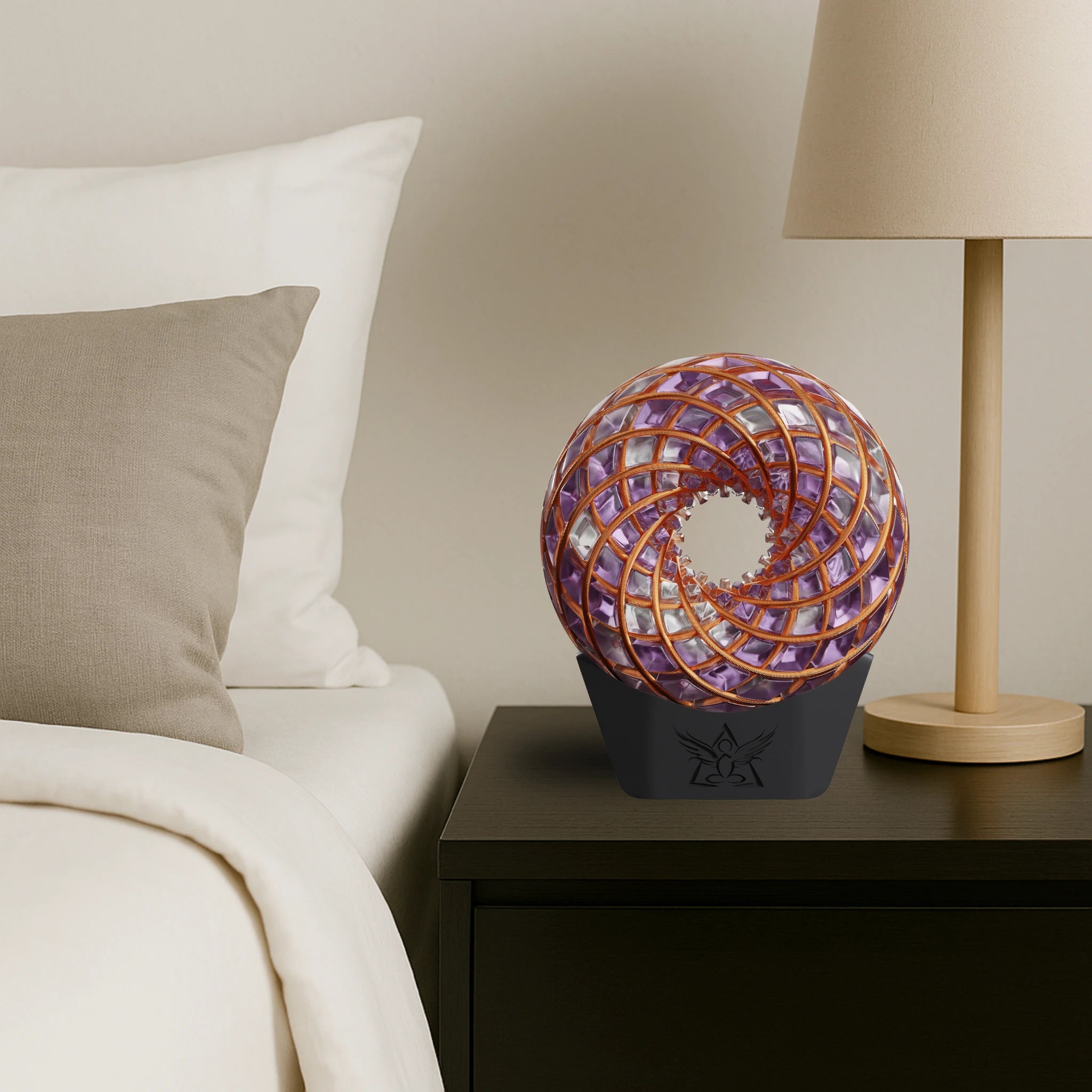Stress ulcer, a severe condition characterized by bleeding and inflammation of the gastric mucosa, poses a significant challenge, particularly in high-altitude and cold regions. Traditional treatments involving drugs and surgery often come with adverse effects and may not be entirely practical. In recent years, low-frequency pulsed electromagnetic fields (PEMFs) have emerged as a promising noninvasive therapy for tissue regeneration and cell proliferation. However, their effectiveness in treating stress ulcers has yet to be thoroughly explored.
Research Objectives
In this study, researchers aimed to investigate the potential of low-frequency PEMFs in accelerating the healing of stress ulcers in rats. By systematically evaluating the effects of PEMF exposure on stress-induced gastric ulcer development and tissue healing, the study sought to provide insights into a novel and noninvasive treatment approach for stress ulcers.
Materials and Methods
Sprague–Dawley rats were subjected to stress ulcer induction under hypoxic and low-pressure conditions. The rats were then divided into standard control, stress ulcer (HSU), and stress ulcer with low-frequency PEMF exposure (HSU+PEMF). PEMF exposure was administered daily for a specified duration. At the same time, various parameters such as gastric juice pH values, ulcer index (UI), histopathological changes, TNF-α protein levels, and norepinephrine (NE) concentrations were measured and compared among the groups.
Results and Discussion
The results demonstrated that PEMF exposure significantly influenced gastric juice pH values, UI, histological changes, TNF-α protein levels, and NE concentrations. Specifically, rats exposed to PEMFs exhibited higher pH values, lower UI, reduced inflammatory responses, and decreased NE concentrations than those in the HSU group. Histological examination revealed faster ulcer healing and tissue regeneration in the PEMF-exposed group.
The study's findings highlight the potential of low-frequency PEMFs as an effective and noninvasive treatment option for stress ulcers. By promoting tissue regeneration, reducing inflammation, and modulating neurotransmitter levels, PEMFs offer a promising therapeutic alternative for stress ulcer management. Further research is warranted to explore the synergistic effects of PEMFs with conventional treatments and to optimize treatment protocols for clinical applications.
The study underscores the significance of harnessing electromagnetic fields in treating stress ulcers, paving the way for innovative and accessible therapeutic solutions in gastrointestinal health.
Reference: https://electromeds.com/wp-content/uploads/2021/06/rat-high-altitude-stress.pdf

Related Posts

The Hidden Network That Controls Your Vitality And How to Support It Naturally
Most people try to fix symptoms without realizing the body depends on a hidden fascial-lymphatic network to regulate flow,...
Read More
Sleep Rejuvenation: How PEMF Therapy and the iTorus System Support Deep Rest and Cellular Renewa
Abstract Sleep is essential for physical repair, emotional balance, and cognitive restoration. Yet, over one-third of adults report...
Read More
